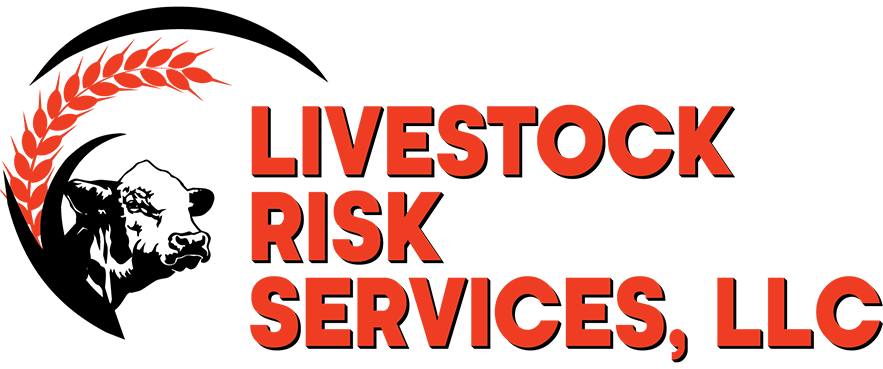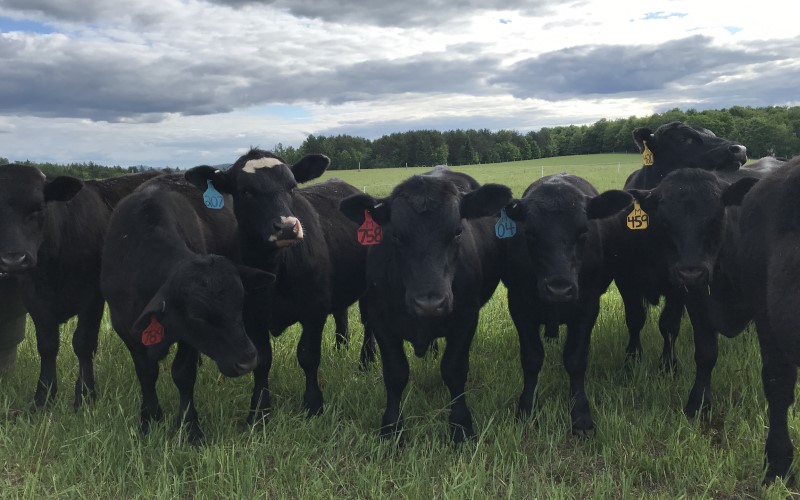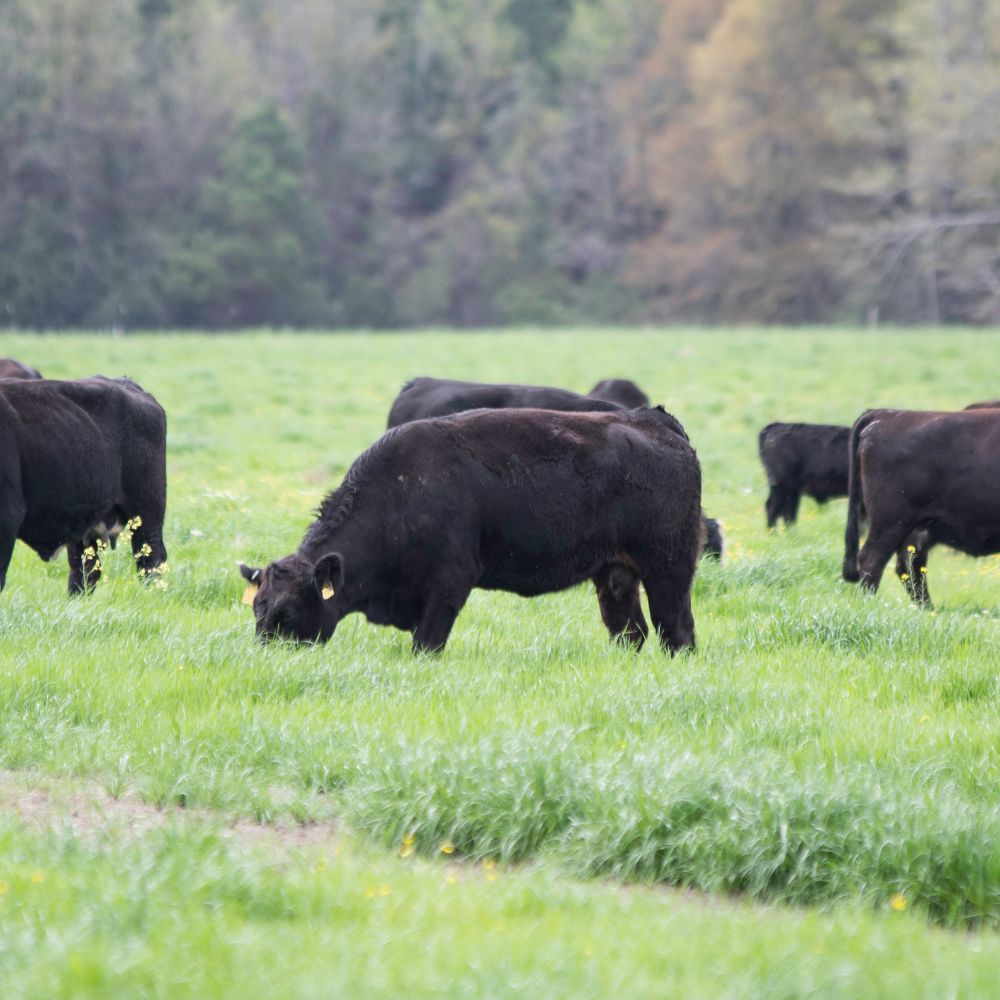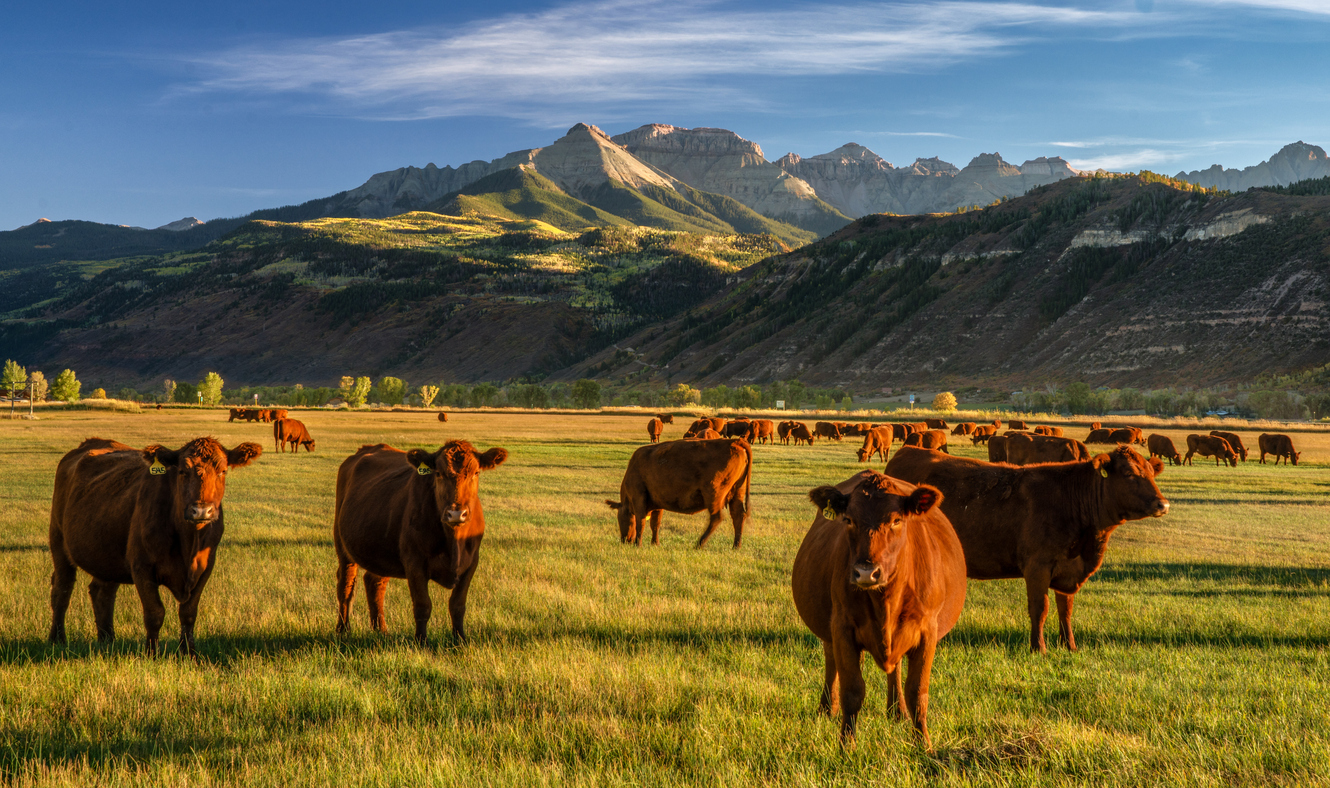Recognizing Livestock Threat Protection (LRP) Insurance Policy: A Comprehensive Overview
Navigating the world of animals risk protection (LRP) insurance policy can be a complex undertaking for numerous in the farming sector. From just how LRP insurance works to the different coverage alternatives offered, there is much to uncover in this thorough overview that might possibly form the method livestock producers come close to threat administration in their companies.

How LRP Insurance Coverage Functions
Occasionally, recognizing the mechanics of Livestock Threat Protection (LRP) insurance coverage can be complicated, yet breaking down exactly how it works can supply clearness for herdsmans and farmers. LRP insurance policy is a danger management tool made to protect livestock producers against unanticipated price decreases. It's vital to note that LRP insurance is not an earnings guarantee; rather, it focuses only on cost threat defense.
Qualification and Coverage Options

When it comes to protection options, LRP insurance offers manufacturers the adaptability to choose the protection degree, insurance coverage duration, and endorsements that ideal suit their risk management demands. By recognizing the qualification requirements and coverage choices readily available, animals producers can make enlightened choices to take care of risk properly.
Benefits And Drawbacks of LRP Insurance Policy
When assessing Animals Risk Security (LRP) insurance, it is important for animals manufacturers to weigh the drawbacks and advantages fundamental in this threat administration device.

One of the key benefits of LRP insurance policy is its ability to provide defense versus a decline in animals prices. This can help safeguard manufacturers from economic losses arising from market fluctuations. Additionally, LRP insurance policy uses a level of adaptability, permitting producers to tailor protection levels and policy durations to suit their certain requirements. By securing in an ensured cost for their animals, manufacturers can much better take care of risk and plan for the future.
One limitation of LRP insurance coverage is that it does not protect versus all types of risks, such as condition episodes or natural catastrophes. It is vital for producers to very carefully examine their specific danger exposure and financial situation to establish if LRP insurance is the right danger management tool for their procedure.
Recognizing LRP Insurance Coverage Premiums

Tips for Optimizing LRP Advantages
Maximizing the advantages of Animals Danger Protection (LRP) insurance needs critical preparation and positive risk monitoring - Bagley Risk Management. To take advantage of your LRP protection, think about the adhering to pointers:
On A Regular Basis Evaluate Market Conditions: Stay informed regarding market patterns and cost fluctuations in the livestock industry. By checking these elements, you can make educated decisions about when to buy LRP insurance coverage more to protect versus prospective losses.
Set Realistic Insurance Coverage Levels: When picking coverage degrees, consider your production expenses, market value of animals, and potential risks - Bagley Risk Management. Establishing realistic protection levels ensures that you are effectively shielded without paying too much for unneeded insurance
Expand Your Protection: Rather than counting solely on LRP insurance coverage, consider expanding your risk administration approaches. Incorporating LRP with various other threat management devices such as futures contracts or choices can provide detailed protection versus market uncertainties.
Review and Adjust Coverage On a regular basis: As market conditions transform, occasionally examine your LRP coverage to guarantee it lines up with your current danger exposure. Changing protection levels and timing of purchases can assist enhance your threat protection technique. By adhering to these suggestions, you can make the most of the advantages of LRP insurance coverage and safeguard your livestock procedure against unpredicted threats.
Final Thought
In conclusion, animals risk security (LRP) insurance is a fantastic read a beneficial device for farmers to manage the financial dangers related to their animals procedures. By recognizing exactly how LRP functions, eligibility and coverage alternatives, as well as the pros and cons of this insurance coverage, farmers can make informed decisions to shield their incomes. By thoroughly considering LRP costs and carrying out approaches to make the most of benefits, farmers can mitigate potential losses and guarantee the sustainability of their procedures.
Livestock manufacturers interested in getting Livestock Threat Defense (LRP) insurance can check out a range of eligibility requirements and coverage alternatives tailored to their details animals procedures.When it comes to protection alternatives, LRP insurance provides producers the flexibility to choose the coverage level, protection period, and endorsements that best fit their threat administration demands.To grasp the details of Animals Danger Defense (LRP) insurance totally, recognizing the aspects affecting LRP insurance premiums is important. LRP insurance coverage premiums are identified by different elements, including the insurance coverage level chosen, the anticipated cost of livestock at the end of the coverage period, the kind of livestock being guaranteed, and the size of the insurance coverage duration.Testimonial and Readjust Coverage On a regular basis: As market problems transform, regularly evaluate your LRP coverage to ensure it see page lines up with your current danger direct exposure.